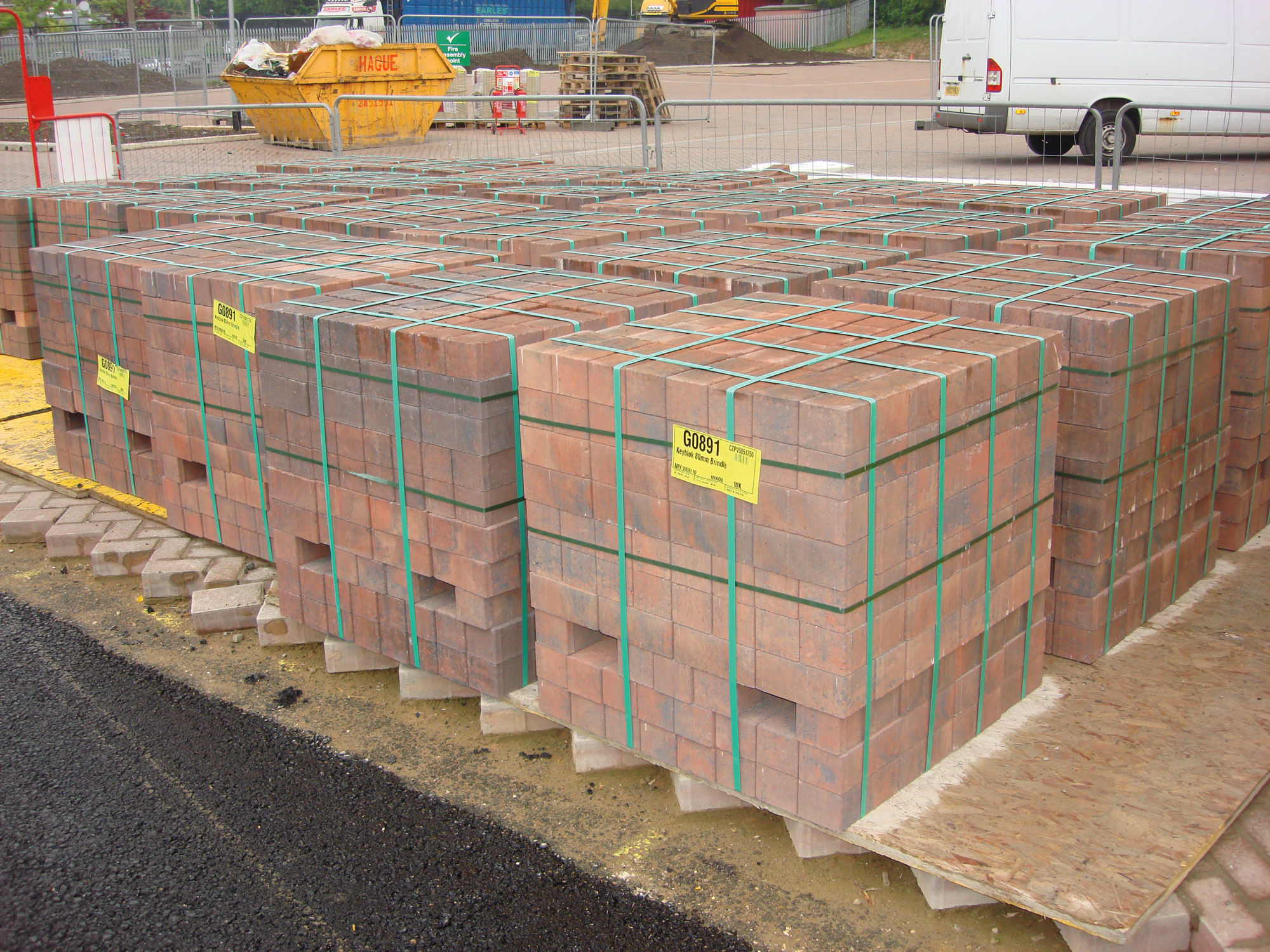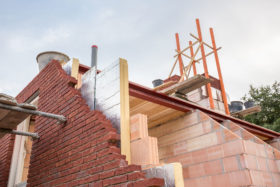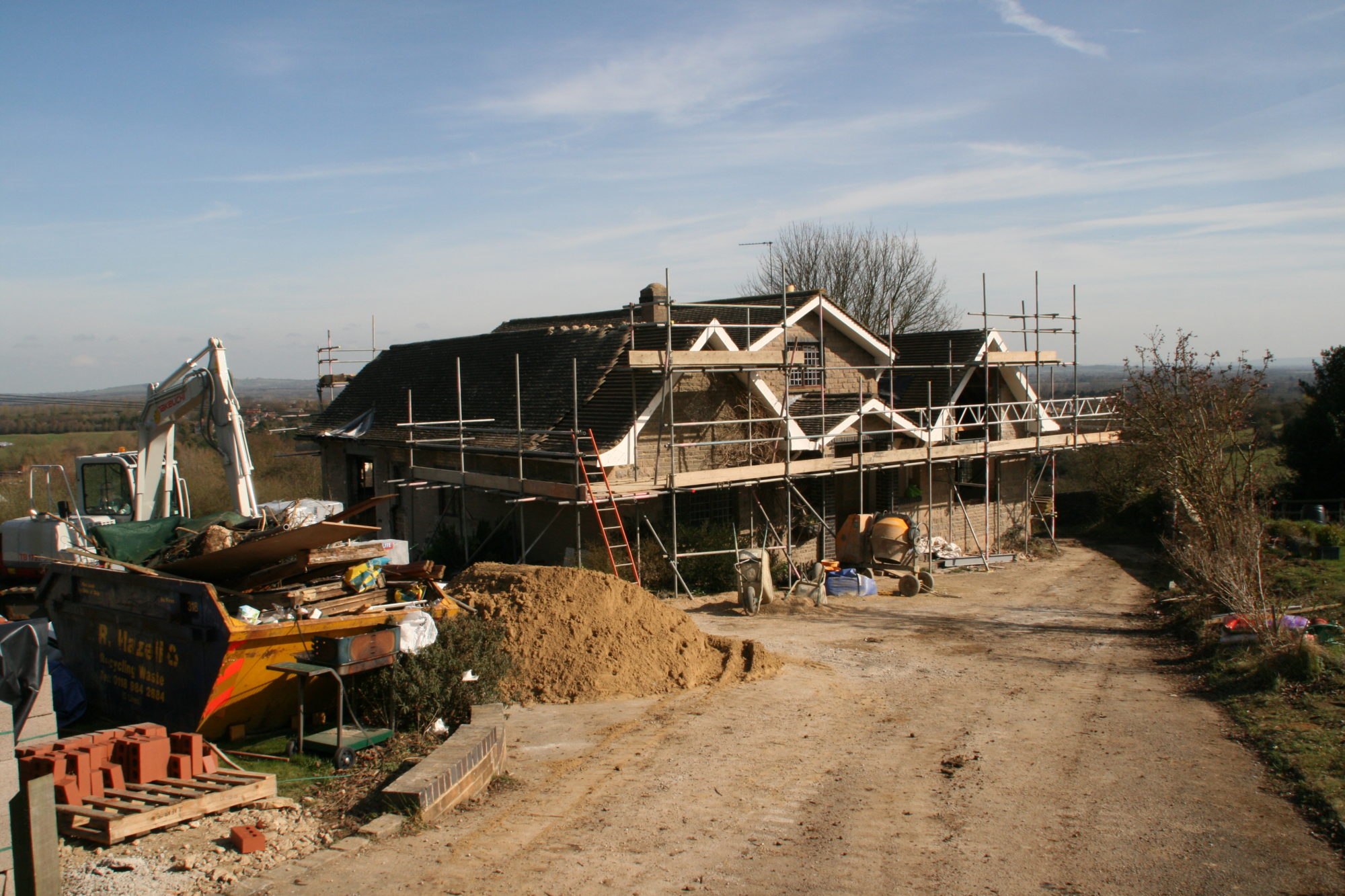10 Common Self Build Mistakes
There is no such thing as a trouble-free build. Some self builds will be easier than others, but regardless of how thoroughly you have planned your project, there will be lots of little issues that will invariably crop up.
As soon as you’ve dealt with one thing, the next is not far away. It’s perfectly normal and is all part of the fun, as each problem solved represents a little victory. However, there is a difference between dealing with these common issues and tackling serious mistakes that can add time and cost to your scheme by delaying progress.
Here are 10 potential mistakes to avoid during your build. Forewarned is forearmed!
1. Not having a soil survey done
You will never know the true cost of your self build until the foundations are complete and you are ‘out of the ground’.
Standard strip foundations will be factored in to most projects’ cost estimations, but more complex engineered solutions such as piled foundations can add a significant sum, and therefore put pressure on your budget.

Complex foundations can be expensive – know what you’re digging into by conducting a soil survey in advance
Factoring this in from the start is important, and the only way you are going to know if you need more robust foundations is to have a survey done. That said, your first point of call should always be your local building control officer who will probably have experience of ground conditions through previous work in your area.
They may well ask for confirmation of what they suspect is down there, by getting a 1m³ hole to be dug close to where the footings will go, so that they can carry out a physical check, usually free of charge. This is normally enough to reveal the presence of anything untoward in the soil.
2. Not clearing legal issues with the plot
When you are looking at the viability of a plot or project, it is vitally important to ensure that any legal obstacles that might prevent you building what you want have been cleared.
This invariably involves a competent solicitor and therefore some cost, but it is money well spent. On a virgin plot of land, things like easements and wayleaves for services/access must be established. Plus, the possibility of covenants and ransoms or ancient rights of way should be addressed.
If you ignore the prospect of a legal obstacle and subsequently find you have to deal with it, it can be a nightmare. I was advising one client recently who had bought a project that had already been started on a difficult plot. Piled foundations were already in but during the course of the conversation, it became apparent that there was no established right of way for access to the plot, and that the owners of several adjacent properties controlled the only entry point.
While not impossible to resolve, it was clearly going to involve a lot of money to persuade them to grant access. Without that permission, the plot was pretty much worthless. No wonder
the previous owner had elected to abandon the site and sell it on.
3. Ignoring planning conditions
While it is a great relief to finally get planning permission, it is important to read any conditions attached. While these provisos are often pedestrian – insisting that external materials are cleared with the planners beforehand is a common one, for instance – others are more specific and must be complied with.
Here’s an example from my own build: I had a condition that stated that my roof’s ridge line could be no higher than the house next door, as massing and height had been an issue during planning. You’d think that no one would be checking, but someone local was keeping tabs, and reported their suspicions to the council that my home was too tall.
I got a call and a demand to prove that I was complying with this restriction. To be absolutely certain, I dropped the ridge height by 100mm by making the trusses 39º rather than 40º. Mercifully, they hadn’t been made yet so there was no cost implication, but if it was after the roof had been installed, it would have been a different matter altogether!
4. Follow the community infrastructure levy (CIL)
An old favourite, but it’s always worth repeating. If you have obtained a self build exemption to the CIL charge, make sure to follow the rules and guidelines to the letter.
Even administrative errors like using the wrong form and technical breaches, such as not notifying your local authority before any work has commenced, can result in full CIL dues becoming liable. This can mean a bill of tens of thousands of pounds with no means of redress.
5. Create a sufficient building budget
The cardinal sin, one which keeps cropping up and probably always will, is folks embarking on
a self build project with inadequate funds for what they intend to build. Your budget dictates what you can afford to build in terms of size, quality and location.
Read more: What Can You Build for Your Budget?
Taking the view that you can make your money stretch further because that’s all you have available is pure folly, and may potentially result in you having to sell on a half-finished project for nothing like what it will have cost you by that point. Spending too much on the plot is one of the main reasons for this situation arising.
6. Don’t assume services are available
Just because there is an electricity pole in a next-door field, or a mains drain a stone’s throw away, it does not automatically mean you can connect to them. As part of your assessment of the plot you should establish the availability and cost of connecting to all of the services you need.

Just because there is an electricity pole in a next-door field, it doesn’t mean you can automatically connect to it
You can do this by contacting the new connections department of the suppliers in your area.
7. Not understanding VAT reclaim
Whether you are buying materials yourself or hiring the trades to undertake your self build project, you need to be aware of the rules on VAT reclaim.
Keep all the original receipts, buy any supplies you intend to reclaim before the completion certificate is issued and make sure to submit the claim within three months after it has been issued. Remember that there is no VAT payable on labour, even if the company is registered.
On an early self build course at the National Self Build and Renovation Centre in Swindon, my pointing this out to one of the attendees saved them a cool £18,000!
8. Buying the wrong build materials
If you are determined to buy all the materials yourself, then make sure that you are purchasing the right quantities of the correct materials and that they arrive on site in good time to be installed by others.

Buy the correct quantities of the right materials, and make sure that they arrive on site on time for your tradesmen
If your trades turn up and are unable to proceed because they are lacking the goods they need to start, they will charge you ‘standing time’ and go off to work elsewhere. When they do come back to work, you’ll have to pay them all over again, which is just a waste of time and money.
9. Hiring an overstretched builder
Your contractor may be good and have a proven track record, but have they got too much work on? If you find that you are constantly frustrated by builders and trades not turning up when they said they would, it usually means that they are overstretched and having to keep commitments to their earlier customers at the expense of your build.
Tips for choosing a builderYou should typically ask for quotes from three to five builders in the local area, preferably based on personal recommendations from people who have had a successful experience with them. Ask friends and relatives who have had work done. Or take a look at local homes and find out who was involved in those projects. When you go out to tender, you’ll be required to give enough information to inform a price. So, you should know what materials you’re using at this stage and be able to provide Building Regulations drawings (not planning diagrams) so that each contractor can price the job accurately. Quotes will vary, of course, so it’s smart to get an outline estimate such as that provided by the Build It Estimating Service. This gives you a baseline to challenge costings that look too expensive or, occasionally, too cheap. Bear in mind that lowest price rarely means best –filter out the non-starters and arrange to meet builders that look promising. Remember, you’re searching for someone with whom you can communicate and get along with for the next year or so. You’re not looking for a best friend for life, but you need to be able to understand each other and what’s required. A good sign is when your chosen builder fields as many questions as they’re being asked, offering suggestions to make things work smoothly. This shows an interest in undertaking the work and a keen attitude to get it right. Talk about safety on site and confirm that they are familiar with their site safety responsibilities under Construction (Design & Management) rules and that they are comfortable with their principal contractor duties. |
For them it is easier to beg forgiveness than ask permission. A delayed scheme can have an impact on your budget, particularly if you have to incur additional rent costs. Use a small works contract like those offered by the Joint Contracts Tribunal (JCT) or the Federation of Master Builders (FMB), and make the completion date part of the contract so you both know what is expected.
10. Changing your mind mid-build
The three words from the client that strike the fear of God into builders and designers alike are, “We’ve been thinking”. If you are going to change your mind, the time to do it is when the plans are nothing more than an idea on a computer screen.
Altering a scheme once the build is underway is expensive and time consuming, so take your time in this beginning phase, understand what you want to achieve and get the drawings right first time around.


































































































 Login/register to save Article for later
Login/register to save Article for later












